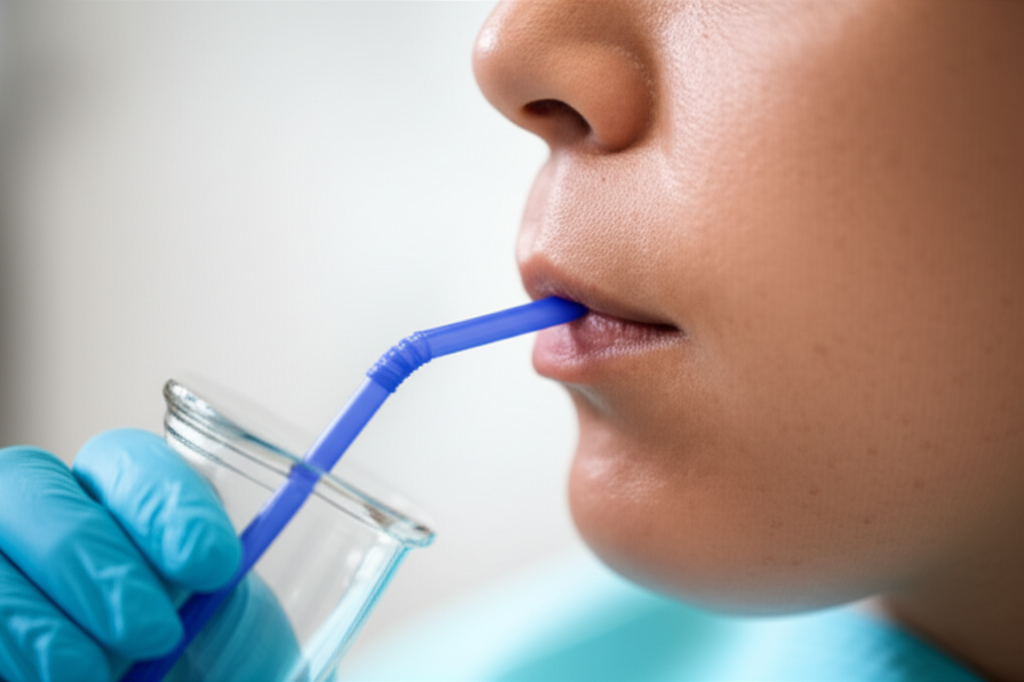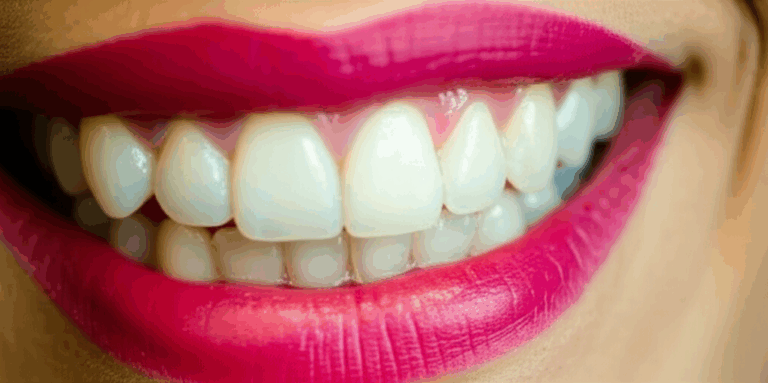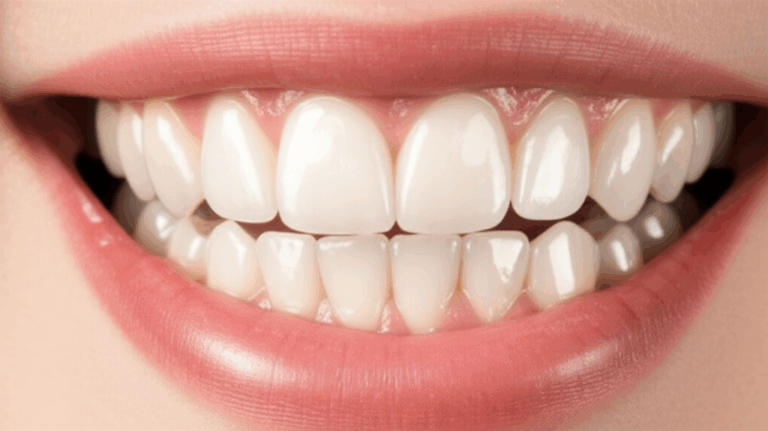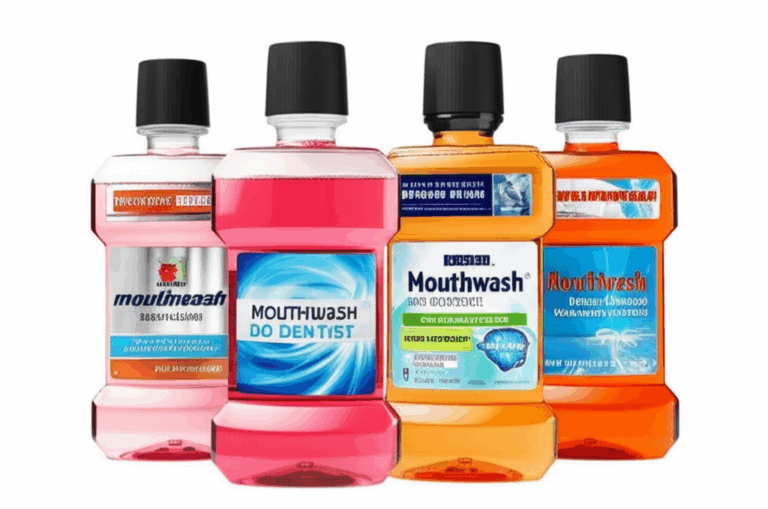
Can You Use a Straw After a Dental Implant? Your Essential Post-Surgery Guide
That feeling of confusion hits right after your dental implant surgery. You’re sitting in the kitchen, looking at your favorite smoothie or iced coffee, and a question pops up: “Is it safe to use a straw after my dental implant?” Maybe you’ve heard mixed advice from friends, or you’re just tired of dribbling drinks down your chin. Here’s the good news—you’re not alone. This is one of the most common questions people ask during dental implant recovery, and there’s an important reason dentists seem so strict about it.
Let’s break down everything you need to know—from the simple reasons behind those “no straw” rules to easy tips for healing without pain. I’ll walk you through why, how, and, most importantly, what you can do to protect your smile and help yourself get better faster.
In This Article
- Why Avoiding Straws is Important After Implant Placement
- How Long to Avoid Straws
- Safe Ways to Drink During Dental Implant Recovery
- How to Spot and What to Do About Dry Socket
- Easy Post-Op Care Tips for Great Implant Results
- Conclusion: Focus on Healing for a Healthy Smile
Can You Use a Straw After a Dental Implant? (The Quick Answer is No)
Let’s start with the most important question: Can you use a straw after dental implant surgery?
Simple answer: No, don’t use a straw—actually, avoid any sucking or spitting in the first days after your surgery. Dentists and oral surgeons all agree on this, and the reason is about keeping you safe from pain and helping your implant heal the right way.
Why Do Dentists Care So Much About Straws?
It’s all about the tiny blood clot that forms where your surgery was. This clot acts as your body’s band-aid, closing up the spot where the implant went in and keeping your jawbone safe from air, food, and germs. Any sucking in your mouth—as happens when you use a straw or spit—can pull this clot out. When the clot gets knocked loose, painful problems can start (keep reading for more).
Why Avoiding Straws is Important After Implant Placement
If you just got a dental implant, your mouth is healing—so you need to be gentle. So what’s really wrong with using a straw?
Understanding the Dry Socket Risk
Let’s talk about what really happens when you use a straw too soon:
- Suction and Negative Pressure: When you sip through a straw, you make a little vacuum in your mouth. Think about slurping the last drop of a milkshake—it’s that pulling action.
- The Blood Clot’s Job: After surgery, your body covers the wound with a clot, closing it up and helping you heal. This clot keeps germs out and helps your bone start attaching to the new implant—a process called osseointegration.
- Dry Socket Explained: If you lose that clot, the bone and nerves underneath the implant can be exposed. This might cause ‘dry socket’—a problem that people say is extremely painful. It’s most common after tooth removals, but the same risk happens with implants.
But Isn’t Dry Socket Only for Tooth Removal?
Not really. While dry socket is known for happening after a tooth is pulled, using a straw and making that vacuum can mess up healing around implants, letting germs get in, causing pain, or slowing down the bone and implant connecting. It’s like taking down the support before a building is finished—you risk things going wrong.
How the Implant Heals
You might hear the word osseointegration at the dentist. Here’s what it means in simple words:
- The dental implant is made to join with the jawbone. This is what makes it act like a real tooth root and a strong base for new teeth.
- If the clot comes out (like from using a straw), the spot could bleed, germs could get in, and there’s a higher chance for infection. This can make it harder for the implant to stay put, even months later.
How Long to Avoid Straws
Now that you know why, let’s talk about how long you should avoid using a straw.
General Guidelines
Dentists say you should NOT use a straw for at least 5–7 days after your dental implant surgery. In some situations—if your surgery was a bit tricky or you had extra work like bone added or a sinus lift—it can be up to two weeks.
Why be so careful? The first three days are super important for keeping the blood clot in place, and the risk of bleeding or infection stays high for a week or more.
Not Everyone Heals The Same
- Surgery Type: If your implant needed bone added or a sinus lift, you’ll need more time.
- Number of Implants: Getting more than one implant means more healing.
- How Fast You Heal: Your age, health, and history with other surgeries matter. People who smoke or have health problems like diabetes might need even more time.
- What Your Dentist Says: Always listen to your dentist or surgeon. If you’re not sure, ask them.
Safe Ways to Drink During Dental Implant Recovery
Craving a smoothie? Need to keep drinking? There are safe ways to drink and eat while protecting your new implant.
Do’s
Sip From a Cup
Gently tip up your cup and take slow, small sips. Pretend you’re drinking hot tea—don’t rush. This keeps pressure in your mouth low.
Use a Spoon For Thick Drinks
For things like blended soup, yogurt, or milkshakes, use a spoon. It might look silly, but it’s easy on your mouth.
Choose Soft Foods
Eat foods that almost melt: mashed potatoes, scrambled eggs, pudding, applesauce, or thin oatmeal. For more ideas, check out our dental practical guide with meal tips and recipes.
Stay Hydrated
Water and clear broth are best—just remember, no straw. Warm (not hot) drinks usually feel good right after surgery.
Don’ts
Avoid These:
- All Straws (no matter what kind)
- Forceful Movements: Don’t rinse your mouth really hard or spit.
- Alcohol: It slows down healing and thins your blood.
- Soda/Bubbly Drinks: Can bother your gums and slow healing.
- Sour Juices: Like orange or lemon—too harsh right now.
- Very Hot or Very Cold Drinks: These can make the clot come out or hurt more.
Quick Tip:
If you’re not sure if a food or drink is okay, ask yourself: “Will this make me suck, chew hard, or does it have a strong taste or bubbles?” If yes, skip it for now.
How to Spot and What to Do About Dry Socket
You’ve heard about dry socket, but what does it actually feel like, and how can you tell if you have it?
Signs of Dry Socket or Losing the Clot
- Bad, aching pain (usually 2–4 days after surgery)
- Pain spreads to your ear, temple, or neck
- Bad taste or breath that doesn’t go away
- Open-looking spot: You might see where the blood clot is missing
- Swelling and trouble opening your mouth
What Should You Do If You Think Something’s Wrong?
If you notice these symptoms—especially strong or growing pain—stop guessing and call your dentist or surgeon right away. Don’t try to fix it yourself. Dry socket and infection can get worse fast, and getting help early keeps you safe.
Easy Post-Op Care Tips for Great Implant Results
Let’s talk about the big picture. Skipping a straw is just one part. For healing and a strong implant, try these simple tips:
Controlling Pain
Your dentist may suggest or give you pain medicine. Take it as you’re told, and don’t miss doses just because you “feel fine.” It’s better to stay on top of pain.
Reducing Swelling and Bruising
Put ice on your cheek (20 minutes on, 20 off) in the first two days to help with swelling.
Gentle Teeth Cleaning
- Saltwater Rinse: After 24 hours, gently rinse your mouth with saltwater (¼ teaspoon in a glass of warm water). Don’t spit hard—just tilt your head and let it fall out.
- Brushing: You can brush your other teeth, but don’t brush near the surgery until your dentist says it’s okay.
- Mouthwash: Only use if your dentist says it’s needed.
Soft Diet & Drinking Water
Eat soft foods for at least a week. Slowly start eating more solid foods when you feel ready, and when your dentist says it’s okay.
No Smoking or Drinking
Both smoking and alcohol make healing slower and make dry socket or losing the implant more likely. If you need help quitting, ask your dentist for help.
Be Careful With Exercise
Rest is important! Don’t do heavy exercise or lifting for a few days, as fast blood flow can start bleeding and make healing harder.
Keep Appointments
Go to all your check-ups. These visits let your dentist check your healing and find any problems early.
If you want to learn more after surgery, or need help picking a dental lab, check out our dental ceramics lab guide—useful if your treatment will use dental ceramics.
Who Is This For? Are You a Good Implant Candidate?
Dental implants aren’t for everyone, but they’re a good choice for many people:
- You lost one or more teeth and want a replacement that lasts
- You’re generally healthy and your gums are in good shape
- You don’t smoke, or you’re willing to quit while you heal
- Your jawbone is strong enough for an implant (or you’re okay with extra bone if needed)
Not sure if you qualify? Set up a meeting with a dentist you trust. If you want to learn more about dental lab work for implants or how crowns and bridges are made, see how a good implant dental laboratory works behind the scenes.
Healthy Smile: What to Remember and Do Next
Let’s make this easy. Here are your top five tips for recovering from dental implant surgery and protecting your new tooth:
To Help Yourself Heal:
- Make a “recovery kit” before surgery: include soft food, ice packs, pain meds, a soft toothbrush, and a big cup.
- Set an alarm for your medicine and saltwater rinses.
- Go to your check-ups, even if you feel just fine.
Every little thing you do today means a bigger, healthier smile tomorrow!
Frequently Asked Questions: Straw Use & Dental Implants
Q: When can I use a straw again?
A: Normally after 1–2 weeks, but only start when your dentist gives you the okay.
Q: Can I use a straw if it’s just a regular drink, not a thick shake?
A: No! It’s the sucking, not how thick the drink is, that can hurt you.
Q: What if I used a straw by accident on day two?
A: Don’t worry too much. Keep an eye out for pain, bleeding, or dry socket signs. If you have any worries, call your dentist.
Q: Why does dry socket hurt so much?
A: Losing the blood clot means the bone and nerves are open—so it really hurts and can get infected.
The Bottom Line
Dental implant recovery isn’t forever, but using “just one straw” can mean way more pain, trouble, and cost. If you’re unsure, being patient is best. Be gentle with your mouth now, and you’ll be proud to show off your new teeth soon.
Curious about other dental options or how labs work with full-mouth teeth? Have a look at our guide on arch dental lab solutions—great for seeing all the ways to get a nice, working smile.
If you’re not sure, remember—your dentist wants to help. Never be afraid to ask questions or tell them your worries. Healing starts with good info and support, not just with your teeth.
(Checked for accuracy by an experienced dental educator. For real medical advice, always talk to your dentist or oral surgeon.)








